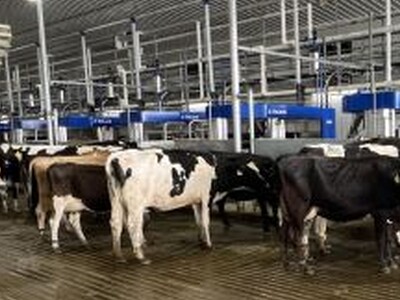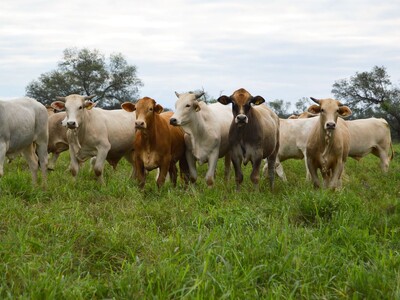Responsible Antibiotic Use
Antibiotics are an effective weapon against bacterial disease. But because they're used so widely in both animals and humans, some bacteria have evolved into deadly, drug-resistant super-strains. According to the Centers for Disease Control and Prevention, 2 million people in the U.S. are infected with antibiotic-resistant bacteria every year, and 23,000 of them die from such infections.Dr. Sergio Arispe, Extension professor in OSU's College of Agricultural Sciences based in Malheur County told me that a new rule fundamentally changes the way feed-grade antibiotics are labeled and used in livestock operations. Livestock producers now have to have a prescription in order to purchase antibiotics that they commonly use for their herds. But this isn't just an issue with livestock, it's a social issue. He is the lead author of a new, free Extension publication called The Veterinary Feed Directive: Questions and Answers for Oregon Livestock Producers (EM 9151), intended to guide livestock producers in following the stricter rule.
The rule, approved by the U.S. Food and Drug Administration in June 2015 and now in its final implementation phase, is the latest and toughest of the FDA regulations promoting "judicious use" of antibiotics under the 1996 Animal Drug Availability Act.
The drugs restricted by the new rule include penicillin, tetracyclines, cephalosporins, sulfas and others that are important in treating infections in people. Other classes of antibiotics that aren't used for human treatment are not covered. These include ionophores (marketed under the trade names Rumensid, Cattlyst, Bovatec and others), bambermycin (Flavomycin) and other medicines used for both growth enhancement and treatment of animal diseases. These may still be fed to animals to promote weight gain.
Livestock growers may still use feed containing medically important antibiotics, but only to treat sick animals or prevent the spread of illness, and only under a VFD. Further, the prescribing veterinarian must be in an ongoing therapeutic relationship in which or she knows the operator and the animals and takes responsibility for the animals' follow-up care.
The rule also requires livestock growers, feed stores and vets to keep records of all VFDs for at least two years and make them available to FDA inspectors upon request.
The new Extension publication talks about the drug restrictions in detail and helps livestock operators understand and comply with the record-keeping rules. Most important, Arispe said, it guides them in forming an effective, ongoing therapeutic relationship with a veterinarian.
"That's the biggest change of this rule: it spells out what a working veterinarian-client-patient relationship looks like," Arispe said. "This is something we've always encouraged on our livestock producers—the importance of building a relationship with your veterinarian, so he or she is truly part of your management team."
Arispe's coauthors on the publication are Troy Downing, also an Extension professor in College of Agricultural Sciences, and veterinarian Charles Estill of OSU's College of Veterinary Medicine.


















